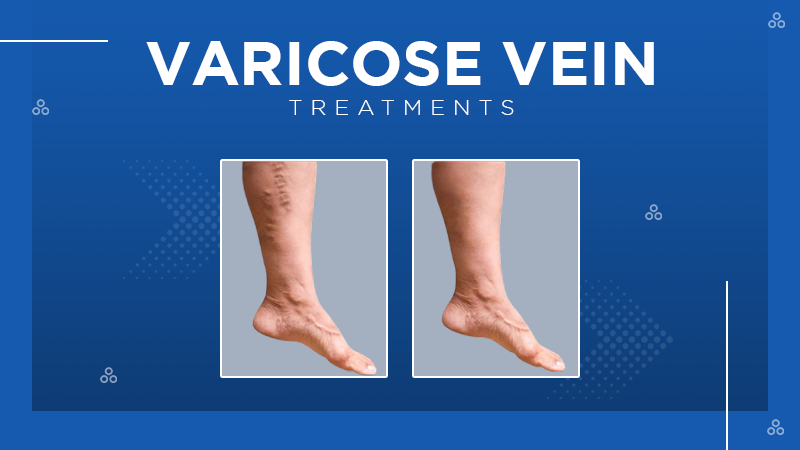Getting discharged from the hospital marks a new beginning in your recovery—not the end. As you return home, the focus shifts to managing your recovery independently, which can be both reassuring and overwhelming. Whether you’ve undergone joint repair, spinal treatment, or soft tissue surgery, healing takes time, preparation, and the right support system. While your surgeon will tailor a recovery plan for your specific needs, there are a number of universal steps you can take to make the process easier and more comfortable.
Setting Up Your Home for a Smoother Recovery
A well-prepared home environment can make a major difference in your healing experience. Before surgery, consider how to arrange your living space for maximum ease and safety. Remove clutter from walkways, secure rugs, and arrange furniture so you can move around without obstacles. If stairs pose a challenge, plan to rest and sleep on the ground floor for the first few weeks.
Gather items you’ll need often and keep them close to your primary rest area. This might include medications, water, your phone, reading materials, and mobility tools. Simple equipment upgrades can help a lot during recovery. Cold therapy systems may reduce pain and swelling more effectively than standard ice packs. Braces or supports designed for your procedure offer added stability, and accessories like leg wedges, powered recliners, or lifts may help with comfort and movement.
In the bathroom, adding features like grab bars, shower seats, or elevated toilet seats can make basic routines safer. Even your footwear can play a role—choose non-slip, supportive shoes to help avoid accidents during short walks or physical therapy sessions.
Caring for Your Emotional and Mental Well-Being
Recovery isn’t only about physical healing—your mindset and emotional health matter just as much. It’s completely normal to feel a mix of emotions, from frustration to worry, especially when recovery takes longer than expected. Progress is rarely linear, and some days will naturally feel more productive than others. Maintaining a patient and flexible outlook can make the process less stressful.
Try setting daily or weekly goals that are manageable. These can be as simple as walking to the kitchen unaided, sitting upright for longer periods, or completing stretching exercises. Tracking your progress, even informally, helps you notice improvements and stay engaged with your recovery plan. Sharing this progress with your care provider can also help guide any necessary adjustments.
Although rest is essential, having a loose routine can give your day more structure and purpose. Connecting with family, friends, or support groups—whether in person or virtually—can provide encouragement when you need it most.
Taking Recovery One Step at a Time
There’s no need to rush the healing process. Each recovery is unique, and giving yourself the space to heal properly will lead to better long-term results. With proper planning, helpful equipment, and a strong support network, recovering at home can be a positive and empowering experience. Listen to your body, stay in close communication with your medical team, and take things day by day. The road back to full strength may take time, but thoughtful preparation makes every step a little easier. For more on this, check out the accompanying resource from ShopOrthopedics, a supplier of cervical traction devices.










